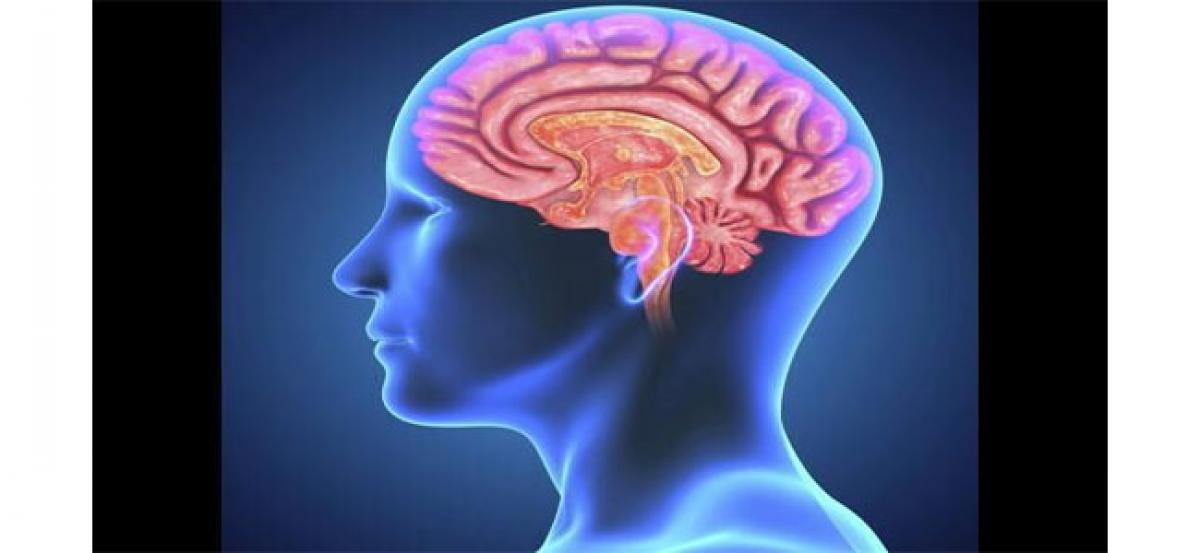Neuroscientists decode brain of blind patient who can see motion

In an extremely rare case, neuroscientists have mapped the brain of a Scottish woman who is blind but has developed the remarkable ability to see objects in motion, an advance that reveals how visual and cognitive functions go together.
Toronto : In an extremely rare case, neuroscientists have mapped the brain of a Scottish woman who is blind but has developed the remarkable ability to see objects in motion, an advance that reveals how visual and cognitive functions go together.
Milena Canning, a 48-year-old Scottish woman, lost her sight 18 years ago after a respiratory infection and series of strokes. Months after emerging blind from an eight-week coma, she was surprised to see the glint of a sparkly gift bag, like a flash of green lightning. To understand her unique vision, scientists at the Western University's Brain and Mind Institute in Canada conducted tests including functional Magnetic Resonance Imaging (fMRI) to examine the real-time structure and workings of her brain.
They determined that Canning has a rare phenomenon called Riddoch syndrome -- in which a blind person can consciously see a moving object but not if its stationary. In essence, Canning's brain is taking unexpected, unconventional detours around damaged pathways. The researchers found that Canning was able to recognise the motion, direction, size and speed of balls rolled towards her; and to command her hand to open, intercept and grab them at exactly the right time. She could also navigate around chairs.
Yet she inconsistently identified an object's colour, and was able only half the time to detect whether someone's hand in front of her showed thumbs-up or thumbs-down. The research shows the remarkable plasticity of the human brain in finding work-arounds after catastrophic injuries, suggesting conventional definitions of "sight" and "blindness" are fuzzier than previously believed.




















